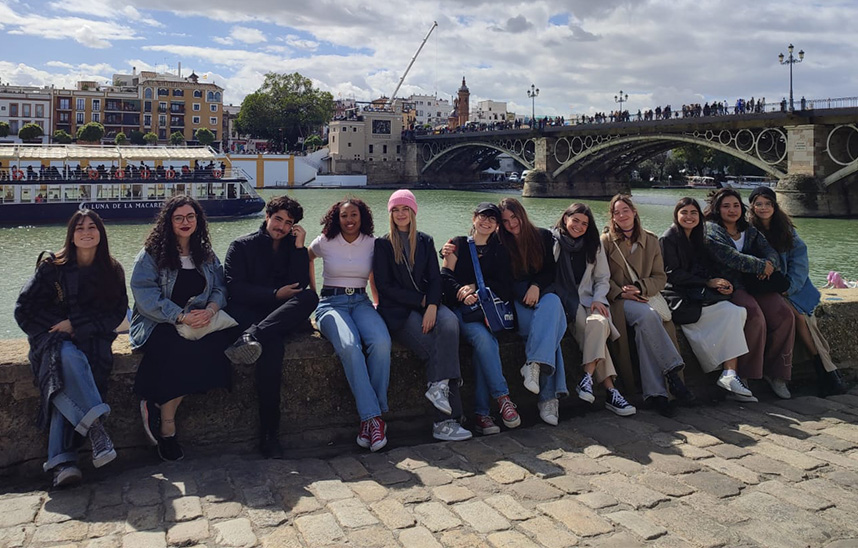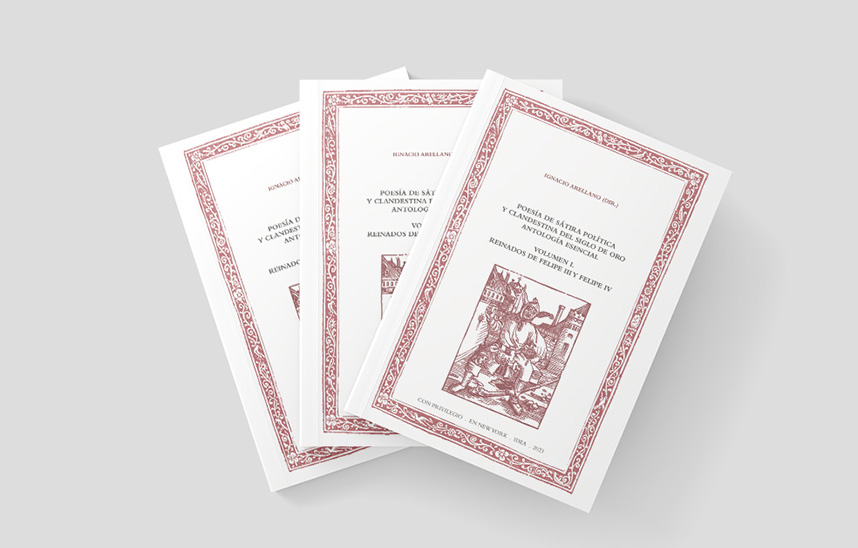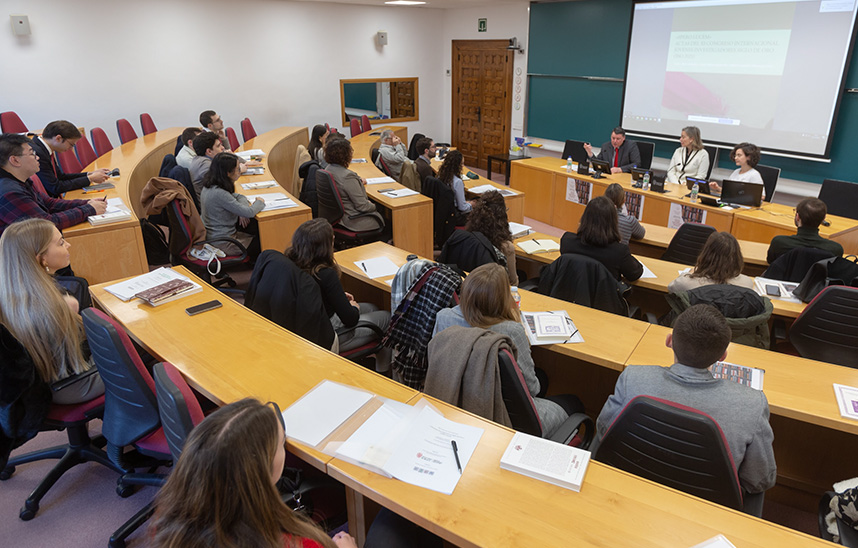A journey through baroque literature and heritage
Students from the Degree in Spanish language and Literature take a curricular trip to Seville

FotoCedida/Studentsat the place de España in Seville
26 | 03 | 2025
From March 15 to 20, the students of the subject "Baroque Literature", 2nd year of the Degree in Spanish language and Literature, have lived a literary and cultural experience in Seville, an emblematic city for its rich Baroque heritage and for having been "port and gateway to America", from the finding to 1717.
Accompanied by Professor Carlos Mata Induráin, head of the subject, and Mariela Insúa, administrative assistant of the GRISO, the curricular trip began with an immersion in the atmosphere prior to Holy Week in Seville, through contact with some of the most deeply rooted traditions in the city. Thus, the Way of the Cross of the Christ of the Expiration of the Brotherhood of the Museum allowed them to experience firsthand the transfer of images, a custom that marks the identity of the city of Seville during this time of year.
Sunday morning was dedicated to a tour of literary Seville. Through the reading of passages related to Triana, the old seafaring suburb, our students got to know what is considered one of its most emblematic neighborhoods, where Cervantes' famous Patio de Monipodio was located. In the afternoon, they visited other places and monuments of interest, such as the old Arenal (from where the fleets of the Indies departed and arrived); the Torre del Oro (which currently houses a Naval Museum of the Navy); and the Parque de María Luisa, the place de España and the place de América. During this last tour, they recited some poems by authors of the Golden Age and modern authors, among others, Cervantes, Bécquer, Rubén Darío and the brothers Antonio and Manuel Machado, in front of their monuments and traffic circles. The workshop concluded with a visit to the Real Alcázar of Seville, where they attended "Naturaleza Encendida: los Sueños de Felipe V", an artistic show that fused history, art and culture.
On Monday, the students had the opportunity to visit the Biblioteca Capitular y Colombina, which includes the bibliographicbequest of Hernando Colón, son of Christopher Columbus. Considered one of the most important libraries of its time, it preserves a valuable collection of books and manuscripts on the history of America and the exploration of the so-called New World. The workshop continued with a visit to the Cathedral of Seville and the Giralda, an emblematic architectural complex that combines Gothic, Renaissance and Baroque elements. In the afternoon, they visited the Hospital de los Venerables Sacerdotes, an example of Sevillian Baroque architecture and pictorial collections, a reflection of the artistic and cultural richness of the period.
On Tuesday, the group participated in the International seminar "Seville and the Hispanic Baroque, II", held at the School of Philology of the University of Seville. Co-organized by the department of Spanish and Hispano-American Literature of that institution, in partnership with the research group Siglo de Oro (GRISO) of the School of Philosophy and Letters of the University of Navarra, the meeting brought together national and international speakers from various academic centers. During the workshop, our students also visited the former Royal Tobacco Factory, today the headquarters of the University of Seville, where they learned about the origins of the building and its links to the history of the city.
On Wednesday morning, they toured the General file of the Indies, which preserves all the documentation of the Hispanic Monarchy related to the administration of America, and the monumental complex of San Luis de los Franceses, the former novitiate of the Society of Jesus and the greatest jewel of the Sevillian Baroque. In the afternoon, a visit was made to the Museum of Fine Arts of Seville, with special attention to the "Masters of the Baroque" collection, where they were able to admire first-hand some of the most representative works of this period, such as those of Murillo, Zurbarán and Valdés Leal, among others.
The trip concluded with a boat trip on the Guadalquivir, which allowed them to contemplate from a different perspective the imposing architecture of Seville, its main monuments and the evolution of the city over the centuries.




